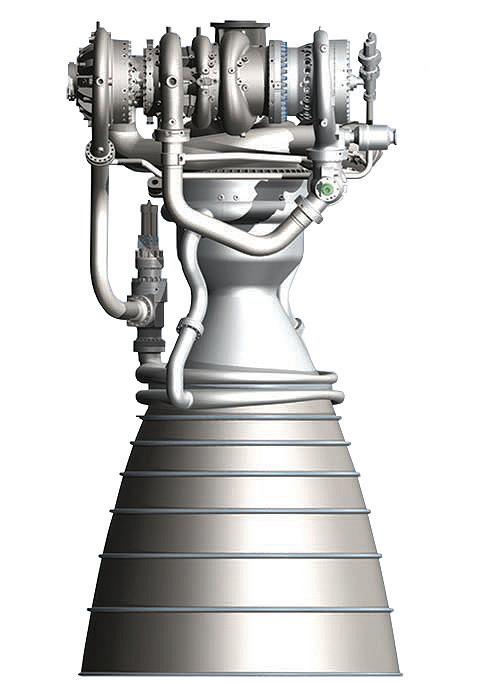
2 minute read
Nickel-copper alloy Use in space
NICKEL-COPPER ALLOY IN SPACE
It is commonly known that about 70% of all nickel production is used in the production of stainless steel. Stainless steel was independently discovered by a number of researchers in 1912, yet corrosion-resistant nickel-base alloys predate it. In 1906, a nickel-copper (Ni-Cu) alloy, developed by the International Nickel Company (INCO), was patented. This now is comprised of a group of nickel alloys that contain about two-thirds nickel and one-third copper and is known as Monel ® . Stronger than pure nickel, Ni-Cu alloys possess excellent corrosion resistance in a range of non-oxidising acids and alkaline environments, including rapidly fl owing seawater. Ni-Cu alloys offer exceptional resistance to hydrofl uoric acid in all concentrations up to the boiling point and are resistant to many forms of sulfuric and hydrochloric acids under reducing conditions.
Characteristics
Ni-Cu alloys also possess excellent resistance to oxidation (burning) in high oxygen environments, excellent mechanical properties both at subzero temperatures and up to 550°C (1020°F). Ni-Cu alloys can be fabricated readily by hot- and cold-working, machining, and welding. The most well known variety is alloy 400 (N04400). Alloy 400 can only be hardened by cold working, however, in 1924, the addition of aluminum and titanium produced an age-hardening version with higher strength, known as K-500 (N05500). By means of the precipitation of gamma prime particles, yield strength in excess of 690 MPa, (100 ksi) about three times higher than alloy 400 (N04400) is achieved.
Aerospace
Ni-Cu alloys can be found in tubes, pipes, rods, and wire for various aerospace applications. The natural resistance of Ni-Cu alloys to burning in oxygen, excellent properties at subzero temperatures, and the high strength of K-500 has made this alloy an important contributor in the fabrication of turbopumps for the oxidiser side of the oxygen-rich liquefi ed-fuel rocket engines, such as the Blue Origin BE-4. Blue Origin has taken advantage of 3D Additive Manufacturing to make many of the key components of its Ox Boost Pump (OBP). The housing is a single printed aluminum part and all of the stages of the hydraulic turbine are printed from K-500. This

manufacturing approach allows the integration of complex internal fl ow passages in the housing that would be much more diffi cult to make using conventional methods. The turbine nozzles and rotors are also 3D printed

and require minimum machining to achieve the required fi ts. Even today, Ni-Cu alloys developed more than a century ago are essential in demanding leadingedge applications. Far left: The housing of the Blue Origin BE-4 Ox Boost Pump is a single printed aluminum part and all of the stages of the hydraulic turbine are printed from K-500.
Left: A mechanic inspects the Ox Boost pump.
Below left: The Ox Boost Pump can be seen in the bottom quarter of the image.
Below: Blue Origin New Glenn Rocket




